
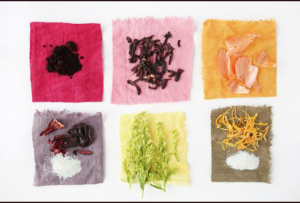
Defining Victorian
In the study of the Victorian fashion, we had been studying in depth the factors that delineated the “Early” from the “Middle” and “Late” Victorian eras. We define four Key Factors which made the difference between “Early” (from when Queen Victoria of England took the throne in 1837, and snatched the fashion lead for much of the world), and “Middle” (somewhere around 1860-62) included:
- Design houses; notably House of Worth in Paris;
- Innovation & development of the crinoline hoop;
- Availability of the sewing machine to the public, combined with improved methods of mass production;
- and DYE. (not “die”, although by the 1860’s, there was indeed an obsession with mourning and death thanks to Victoria’s influence after her beloved Albert’s 1861 demise)
To understand what was going on in the Victorian eras, we must go back in time to the history of dyes first.

Long Lasting Colors with Longer Lasting Significance
The first dyes were “natural dyes”; those made by nature and harvested and utilized by people in their original forms, or manipulated using other natural materials or methods. These differ from those we will eventually discuss, the “synthetic dyes” which were created out of chemical elements that were put together in a laboratory. The difference is fine to be sure, for what is the difference between adding vinegar to a walnut hull in your cooking pot, than heating manganese under pressure? In a sense, all dyes originated from nature, but we will focus on the ones that were used in their raw, or nearly raw forms, extracted from earth and water.
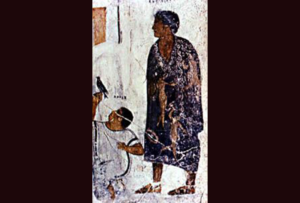
In the beginning.. as far back as recorded human history, there were dyes. All the blues were plant based like indigo or woad. Purple came from murex which was a mollusk which yielded purpurea (purple).
Purple was rare and hard to process… … coming in ancient times from murex, a molllusk which yielded “purpurea”. Purple was in high demand by emperors like Rome’s. No one else could afford it: 1 lb of cloth dyed with murex in the time of the ancient Romans was worth $20,000 today.
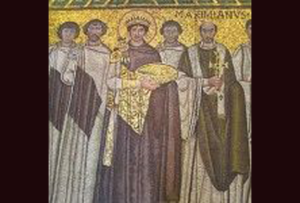
Because “Purpurea” was hard to get and costly… … methods other than the use of the Murex Mollusk were explored to find purple. There was found a recipe from the 3rd Century for a “Stockholm Papyrus” that made a purplish color. The problem was in the Byzantium Empire, anyone but the royals were forbidden to wear purple under the penalty of death.
The search for new purples ended suddenly in favor of a safer color.
The Bible refers to purple dye… .. in Acts referring to “Lydia seller of purple”. Sources of purple in Biblical times in addition to Murex were “Trumpet Shells” or “Purple Fish”. These were shellfish, whose shells would be cracked to dig out a vein that held purple mucus that could be spread on silk.
It took about 8500 “Purple Fish” to yield 1 gram of dye, and was also reserved for royalty.
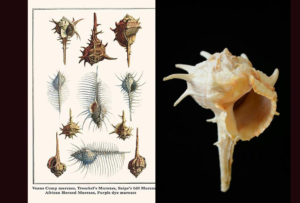
The Bible also refers to Scarlet… .. in Exodus in a reference to “Scarlet Linen”, and red fabrics were found in King Tut’s tomb in Egypt. Historians believe both were dyed from the Madder plant.
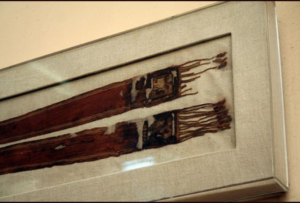
Red became the new Purple.. .. as early as the 4th century AD, roots from the Madder plant were used in many ways and situations to make reds to purple. (We will come back to discuss Madder when we get to the 18th and 19th centuries).

In the 1200’s, lichens from… … Asia Minor were used to make purple, and then the Italians discovered Woad. Depending on its application, Woad could make a very deep blue, almost purple, to a lighter blue/green. (This will also be discussed in detail in a bit).
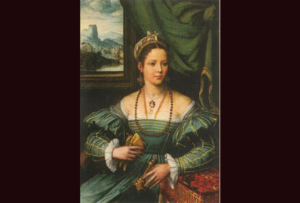
Weld, a yellow dye was discovered.. .. as well as Brazilwood which gave coral, red, pinks, and purples – all cheap!
As in this 16th century tapestry, individual fibers were dyed using different plant sources, and then woven to great effect. This includes Woad (blue), Weld (yellow) – blended together for greens, and Walnut (to temper and for the tans and browns – walnut will also be discussed later).
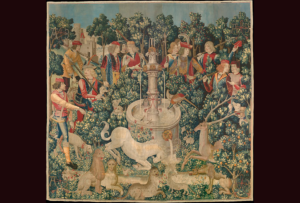
Tyrinian purple, used before Christianity… … continued well into the 16th century. It was of the Murex shellfish, obtained by Phoenician sailors who trolled the coastlines for royalty. First used on wool, its reds, blues, purples, and violets were available to those who could afford it. Purpurea, a plant root, was discovered as a fine source for deep blues to purples. Both were called “Tyrinian” after the emperor.

Trade during the Crusades brought dyes… .. and awareness in the Renaissance brought exotic colors from the Orient and Europe – and later from America. Trade routes across the Gobi Desert and from China to the Mediteranean had dye sources moving all over the world.
Things like walnut shells, oak bark, pomegranite flowers, and sumac were used with Woad, Weld, and Madder. All these were from plant sources.
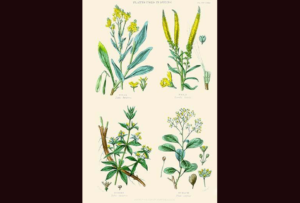
The most important dye development before the 17th century.. .. was Indigo, another plant based dye that yielded deep blue. Early on, shipping trade centers like Venice dealt in dyestuffs and fabrics as a central distribution point.
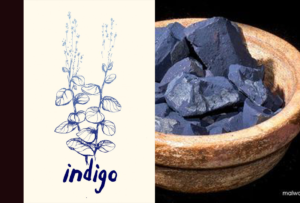
Dye was a top trade item in France and Italy.. .. where indigo and other dye materials were shipped back and forth between Pisa, Florence, London, and ports of France.
Venice was the distribution center for saffron, a crocus type plant that gave bright yellow. Italy imported saffron at the time, but would later learn how to grow and market it for themselves.
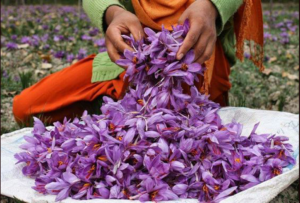
European guilds controlled… … the grades of dyes and regulated the market. Spain controlled the trade of cochineal, another key dyestuff (to be discussed in detail). The 17th century would see world trade of dyes with extensive legislation created in most countries which protected growers and users, and set the standards of quality.
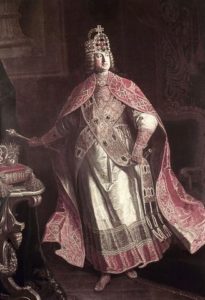
While most of the early dyes were plant based, … or mollusk based, the big breakthrough came when Mayans discovered the cochineal insect that could be ground to make crimson red dye. This red was so valuable the Spanish conquerors took it from the Mayans.
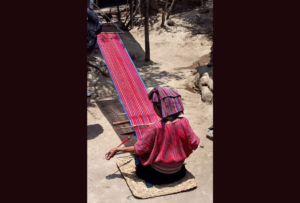
Pope Paul II ground up kermes insects… .. to make “Cardinal’s Purple”, which was really scarlet. It became the “new Purpurea” worn by royalty and elites.

Plants were still the key dyes… .. Around 1500 France, Germany, and the Netherlands started to cultivate and farm plants specifically to be used as dye. England in the 1600’s used the Logwood Tree, and a Dutch chemist figured out how to take the red cochineal and add tin to it.
This started the concept of MORDANTS, and the trend away from plant based dyes to insect dyes.
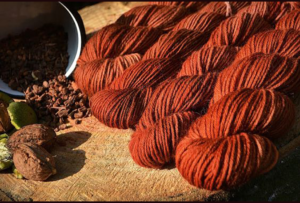
In 1716, Scotland started bleaching. … cloth before dying it using seawood from their coast. Later they would use chlorine. The MORDANT was being developed in many places and from many sources. A MORDANT was a substance used to precondition fabric so that its specific pH (acidity or alkalinity) would alter the chemistry of the fabric so the dye would adhere and absorb differently depending on the application.
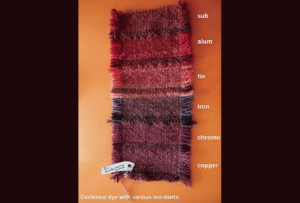
By the 17th century, dying cloth… .. “in the wood” in England meant using locally found plant based and natural dyestuffs without alteration or use of mordants. The poor had natural colors; whites, blacks, browns, grays, and tans dyed onto fibers like wool or flax also available locally. The rich had the resources of the exotic Woad, Weld, Madder, Purpurea, Saffron, Indigo, Cochineal, and many others.
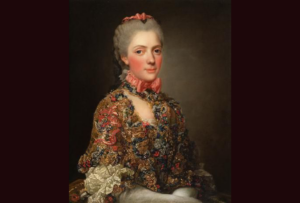
For the poor, other natural dye sources.. … were continually found and developed, especially with the new resources being discovered in North America with the creation of the United States. Accidental discovery of beehives yielded yellow and gold.
Blackberries and Bilberries gave pale blues and purples, although they were not fast – they did not stay dyed for long.
Lichens and mosses gave greens, grays, and browns. The many dye qualities of the walnut had already been known, and the hulls and the walnut itself were used for different mordant and dye processes.
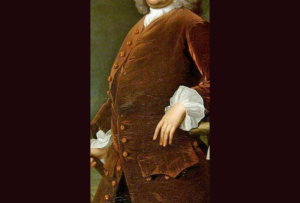
Dyes were proportionate to class.. … and status. The purples and scarlets were for nobles and royals in the ancient records. Later, wealthy would wear brighter hues, while low class dressed in “natural” colors. Slaves in the US wore greys, greens, and browns.
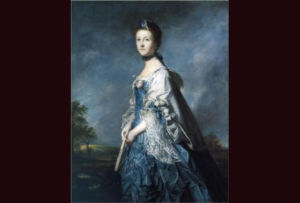
The first fabric dyes came from plants, minerals, or… … animals. In other words – from nature. Until the 1850’s, only natural dyes were used around the world.
The predominant dyes used in ancient times were:
- Indigo – blue/purple from the leaves of dyer’s woad herb “isatis tinctoria”, and the indigo plant “indigofera tinctoria”;
- Alizarin – red from the madder plant;
- Kermes & cochineal – reds from scale insects;
- Tyrian Purple – purple from glands of snails for only those in high office like kings and emperors because 1.4 grams of dye took 12,000 snails to make;
- Weld, quercetin, oak, and carotenoids – yellows to reds from the leaves or in the case of cartenoids the compounds in green plants;
- Logwood – initially red but transforms to charcoal, gray, or black and largely used for silk and leather
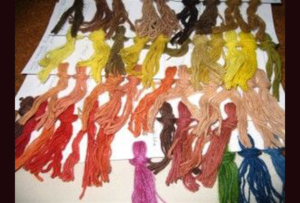

Indigo & Mauve
Indigo started in Egypt… … and India and was made from the leaflets and branches of a shrub. It prevailed for blue color because it didn’t wash out from any fabric, and because it didn’t fade in light.
It was the most popular dye until the middle of the 19th century.
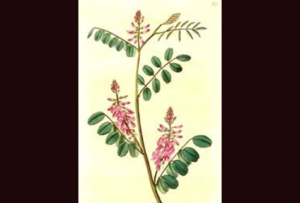
Indigo actually came from different… …plants through history, but most came from the “Indigofera” plant genus, which are native to the tropics and specifically from India. Another species called “strobilanthes” from Japan’s Ryukyu Islands and Taiwan produces indigo.
Dyer’s knotweed (“polygonum tinctorum”) was the most important blue dye in East Asia until the “Indigofera” was discovered to yield more dye per plant.
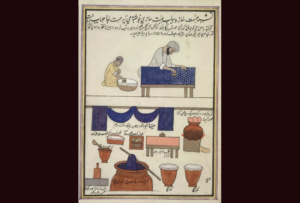
In Europe, woad… … a plant containing similar chemicals was used for dying things blue, but these and others had low concentrations which make them difficult to work with and the color is more easily miscolored by other chemicals which often leads to a greenish tinge to the blue.
The “Indigofera tinctoria” consistently throughout history provided the most consistent color at the lowest cost.
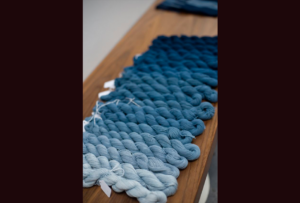
Ancient purples often came from… … a mixture of “indigofera” indogo and dibromoindgo (a red from the Murex sea snail). Combined they made Tyrian purple, and light exposure during the dying process converted the dibromoindgo into blue hues known as royal blue or hyacinth purple
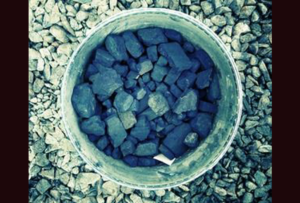
The Romans used indigo… for painting, medicine, and cosmetics. It was imported to the Mediteranean from Arab merchants. It was rare in Europe, where the chemical “twin” dye woad (“Isatis tinctoria”) was used instead.
Late in the 15th century, Portuguese explorer Vasco de Gama found a sea route to India, which led to direct trade between Europe and India, China, and Japan without any middleman like the Greeks who imposed duties on goods at the time that passed through their waters.
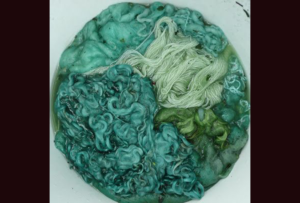
Indigo was grown on plantations… … established by European powers in tropical climates. Spain imported it from its colonies in South America, and it was a major crop in Haiti and Jamaica during the Spanish colonial period. The Virgin Islands had thriving plantations, but France and Germany outlawed the import of indigo in the 16th century to protect their local woad industry.
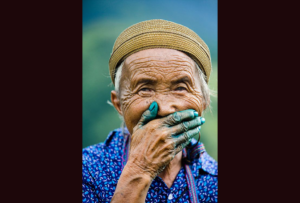
Clothing dyed with indigo signified.. … wealth throughout west Africa, the Saharas to Cameroon, and Nigeria. The Mandinka of Mali were world renowned for their expertise in the growing and application of indigo. The communal dye pits in 16th century Mali are still used today.

In Japan, Indigo became… .. especially important during the Edo period because commoners had been banned from wearing silk, which led to increased production of cotton and indigo which was one of few chemicals they had available to dye it.

Indigo was first introduced into South Carolina.. … by Eliza Pinckney, where it became the colony’s 2nd most important cash crop behind rice. There were three species grown in the US, (“indigofera caroliniana, I tinctoria, and I suffruticosa”). It became an export crop. By 1775, South Carolinan indigo production exceeded 1,222,000 pounds.
When Benjamin Franklin went to France in 1776 to get France’s support for the Revolutionary War, he took 35 barrels of indigo to sell to help the war effort.
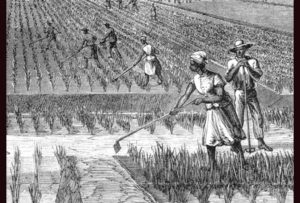
Called “Blue Gold”.. indigo.. .. had a high trading value into the 19th century around the world. There were many conflicts and misuse of indigenous people used to plant, cultivate, and process indigo in many places such as Bengal, and India, but the demand for the dye continued to climb. In 1897, 998 square miles were dedicated to its growth in India – about 2 times the size of New York City.
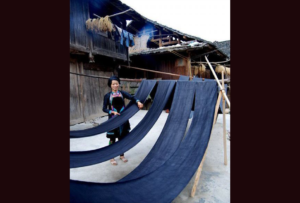
England start to grow indigo in about 1774… … but the “Prussian Blue” which was made with iron salt and a process using potash plus aniline and bleaching powder made brighter blues than they could grow, so by 1834, they gave up.

Synthetic indigo was discovered by a chemist.. .. who was trying to synthesize the medicine quinine to treat malaria. 18 year old chemistry student William Perkins made a murky residue which was the first aniline (synthetic) dye. It was called mauve, and it was consistent and permanent, unlike natural dyes.
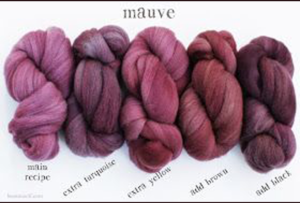
Adolf von Baeyer worked on indigo… .. specifically after that to come up with an aniline equivalent to the plant sourced dye. In 1865 he started, by 1878 he had a first attempt using the chemical “isatin”, and in 1880 he made a 2nd successful attempt using the chemical “2-nitrobenzaldehdye”.
In 1883 he finally figured out the chemical structure of natural indigo, and gave up trying to duplicate it. Instead, chemists like von Baeyer continued the work to create an entirely new structure that would look the same yet be able to be synthetically mass produced.
Karl Heumann, using “Badische anilin- and Soda Fabrik” or BASF, eventually figured it out.
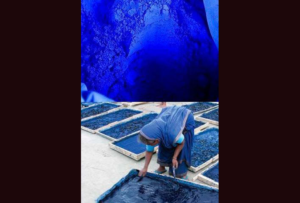
The new synthetic indigo.. .. was reasonable to produce commercially from the Baeyer “BASF” process of aniline dye. In 1897, 19,000 tons of plant based indigo were being produced, but by 1914 because of the new synthetics, it dropped to 1000 tons, and by 2011 50,000 tons were being produced worldwide.

Part of the reason synthetic dyes came to be.. .. was there was a rise in interest in chemistry in the 1870’s. Perkins, who had accidentally discovered the mauve dye “mauviene”, had his own London factory to produce it. From 1858 until the early 1900’s, magenta or fuchsine – two other purplish blue colors – had patents constantly revising and improving. All of them could easily be produced in factories.
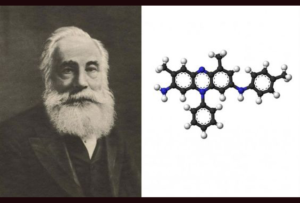
By the end of the 19th century, only.. ..a few Scottish tweed manufacturers were using exclusively natural dyes in commercial processes. With the synthetics and mass production of the Industrial Revolution, a rising middle class in particular were wanting the affordable and rich colors of the aniline dyes.
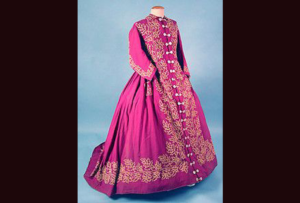
A list of early synthetic dyes… .. includes the new “indigo” which is used for blue jeans today. Most of the aniline dyes were named for war skirmishes in Europe.
- 1858: magenta by Vergoon
1861: Methylviolet by Lauth
1862: Hofmann’s Violet
1862: Bismarck Brown by Martus and Lightfoot – the first water soluble dye
1863: Black by Light foot
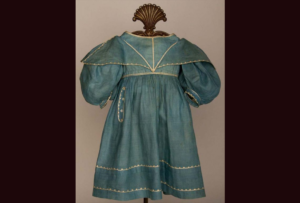
- 1866: Methyl Violet
1868: Synthetic Madder called alizarin
1872: Methyl Green – still in use today
1873: Sulpher Brown
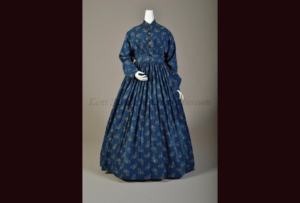
- 1875-76: Chrysoidine 1st type of Azo dye
1876: Methyl Blue
1877: Malachite Green
1878: Biebrich Scarlet, Pure Red (acid dye as bright as cochineal for the first time)
1878: Synthetic Indigo – marketed in 1897
1900 forward – 1 to 2 new ones introduced each year to present day
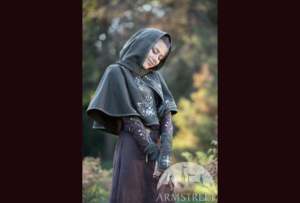
Here are a few natural indigo dyed.. .. historical examples below. Note the consistency in the color regardless of the fabric or yarn used:
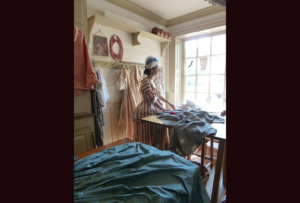
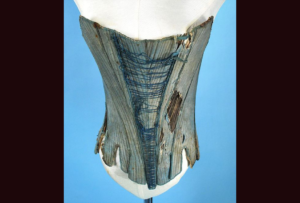

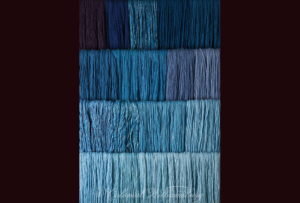

Blues & Browns Become Many Colors
In discussing the development of synthetic dyes we note they started somewhat accidentally from the search for a cheaper way to make indigo than growing plants. With the rise of the new synthetic dyes, came the increased ability to adjust color of natural OR synthetic dyes with the use of chemicals called “Mordants”. Mordants were and are from sources of nature most typically, or chemical extractions from natural sources.
Most natural dyes throughout history needed to have something added to the fabrics so the color would “stick”, so from the beginning of dyes, mordants like sources of aluminum, copper, iron, and chrome were used.
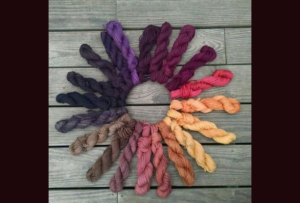
Mordants also make.. .. different tints or shades of a particular color. For example, magnesium mordants made and make alizarin dyes have a purple hue.

Synthetic dyes mark the change between Victorian eras… … because it was during the 1850’s that they were developed. The textile industry at the time was booming, and the increased demand for cost effective, easy to produce and replicate and apply dyes were in great demand.
The economic limitations in growing, gather, harvesting, and processing natural dyes on such a large scale, combined with large scale farms and specialized agricultural methods made synthetics that could be produced in a factory a symbol of the era.
Synthetics were powerful, “stuck”, cheap, and intense in color compared to naturals.
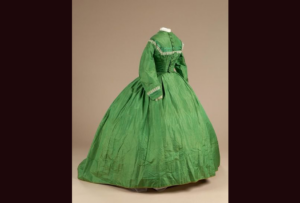
There were problems with some synthetic dyes… … like “Scheele’s Green” which was made with arsenic, and killed the wearer or anyone who breathed in, touched, or came near a dress, shoes, gloves, flowers, or anything dyed with it. They are still poisonous today as a few examples exist in museums. Even at the time, they knew about the toxicity, but wore them any way. Satirists had fun with the morbid topic
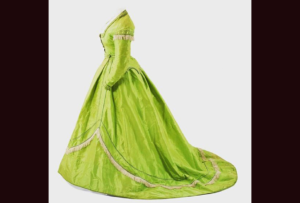
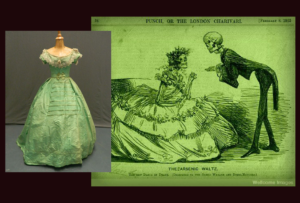
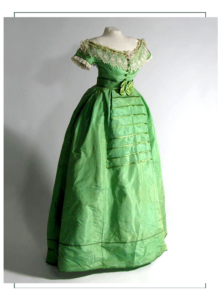
Coal and Tar were used… .. in the development of dyes under the leadership of August Wilhelm von Hoffman of Germany at the Royal College of Chemistry in England in 1845. He trained chemists including William Perkin who accidentally discovered the first synthetic dye called “mauve”.
While “mauve” was only popular a short while, it paved the way for further research. By 1900 more than 50 compounds had been isolated from coal tar. By 1914 the Germans had well established the synthetic dye industry that would lead to today’s products.
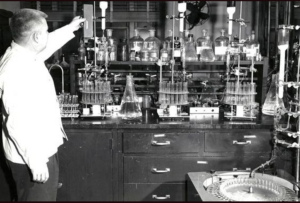

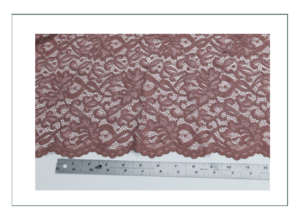
Another brief mention of Mordants for dyes… Historically and in modern times, when a fabric is to be dyed a color, it was either dipped into the dye, or the dye was applied to the fabric (like Indian “batik”). Many fabrics like cotton need a chemical aid to make the dye adhere and stay. A “mordant”, called “adjective dye”, is an element which aids the chemical reaction between dye and fiber.
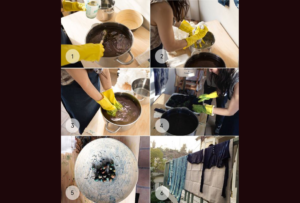
The container used to dye fabric in.. … is important because a “mordant” will change the chemistry between fabric and dye, and a brass, copper, or iron pan will alter the chemistry in the dye. Enamel is preferred for dying.
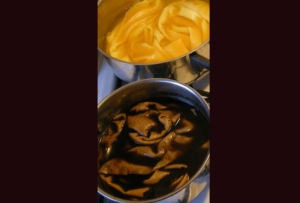
Cotton and Linen need mordants… .. and were historically dyed using natural mordants like lichens and walnut hulls. These are called “Substantive dyes”.
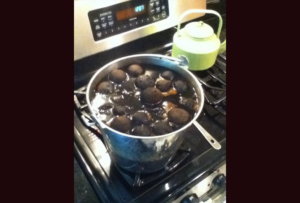
The “Butternuts” were a Civil War unit… .. known for their green/tan uniforms that they dyed at home late in the war. They used walnut shells and vinegar.

Most US Civil War uniforms were dyed with… …indigo, the natural plant based kind. Interestingly, at the time of the Civil War, indigo was only grown in the south. It would merit research to study the trade and value during the War of dyes to make uniforms for both sides. We assume the gray of the South and blue of the North were achieved through the use of mordants.
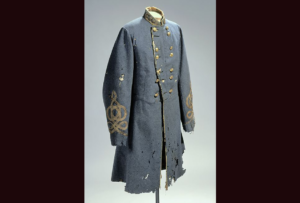
An interesting side note about dyes and the Civil War… .. is that when one studies museum extant examples of American made garments, particularly of children’s clothing and women’s formal wear, one’s first supposition is that everyone wore tan or beige. This is wrong.
There was used commercially at the time a natural dye in America that made a bright pink color. We don’t know what it was. It could have been from berries, sumac, beets, cabbage, or many plant sources because the reds of the cochineal dye were not readily available in America at wartime.
Whatever it was, the color was not made fast, and if we believed things at outward appearances, our ancestors were pretty drab at a party. The silks, however, are intact.
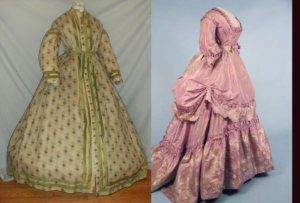
Here is another example of walnut dyed… … uniforming in the Civil War. The “Butternuts” division were homespun and home dyed.
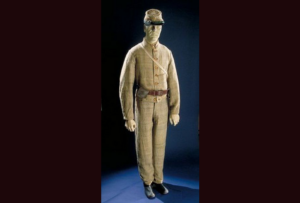
oday walnut and similar natural dyes… .. are used by crafters for things like this leather bag dyed with walnut, or historic interpreters, and are rarely used for commercial purposes. The search, collection, and processing of natural dyes is cost prohibitive and it’s a lot easier to use dye from a chemistry lab since today’s synthetics are so much more durable, lasting, and varied.
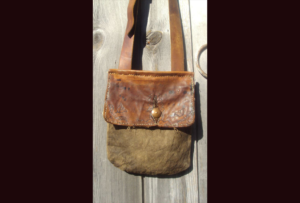

Cochineal. The Original Scarlet Letter
Let’s go back an earlier American War to study an earlier dye.. … coccineal. We mentioned it in our overall history from B.C. through the scarlet robes of the Church, and into the Revolutionary War. Here we answer the mystery as to what it was you were wearing if you were are British “Red Coat” in the 1770’s.
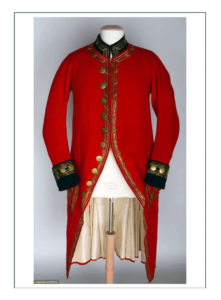
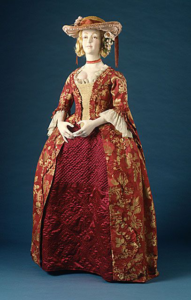


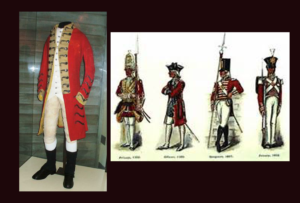
Cochineal (red) dye comes from a female… … insect that is found on cactus. Entomologists call it a “true bug” as opposed to beetles with which some “bugs” are confused by the public. Mexicans call it “tuna blood” which is a loose translation for the spanish name for the cactus plant the bug is found on.

Cochineal is a “natural dye”… .. because it comes from nature. The cochineal bug is native to tropical or subtropical America. In the 1500’s the Aztecs of South America dyed fabrics with cochineal which was vibrant and retained its color.
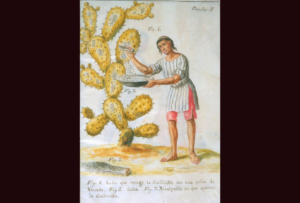
Today Peru is the largest.. .. exporter of cochineal dye, with the Canary Islands second, producing 200 tons in 2005.

Mexico historically was the greatest cochineal exporter.. In the 15th-18th centuries, the Mexican area Oaxaca exported the most cochineal which held more trade value for those natives than even their silver. That same area today continues traditions of harvest and textile dye and weaving using cochineal.
Until the Mexican-American War which ended in 1821, Mexico supplied the American colonies through the 18th century with the dye.

A Mexican farm called a “nopairy”…. would use traditional methods to raise cochineal bugs for dye. Large commercial scale efforts by Spain and other European countries failed because the bug is subtropical. Some Australian “nopairies” still exist.
The traditional method was to take healthy female bugs to already existing cacti that had the male bugs on them. The breeding cycle would take 3 months, after which the females could be harvested while a new crop of young took another 90 days to mature.
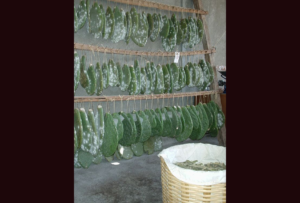
By the 18th Century, Colonial Americans… .. were importing from Mexico, processing, and exporting huge amounts of cochineal dyed yard goods to Europe.
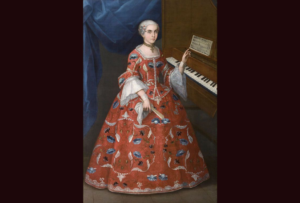
The female “coccidae” (cochineal)… … contains 19-22% of carminic acid. When dried, the body of the bug is 30% of its live body weight.
The insects are brushed off the pear cactus plant into baskets, and killed by either exposure to sunlight, heat of an oven, steam, or by putting them in boiling water.
The body is then dried and pulverized, then dunked in acidic alcohol solution which yields carminic acid which is a pigment.
Depending on the process, it typically takes about 70,000 female insects to make 1 pound of dye.
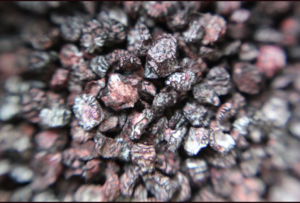

Cochineal was a favorite dye for red… … scarlet, crimson, and oranges until about 1850 when synthetic reds were invented. Cochineal was a favorite because of its colorfastness, intense color, and ease to process and work. It was especially effective with animal textile fabrics such as wool because it adhered well to animal proteins, although it worked well with plant fibers such as cotton when used with mordants.
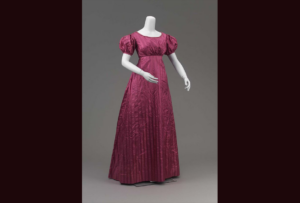
With discovery of synthetic red dyes in the 1850’s though… .. cochineal pretty much disappeared from the textile industry except for small pockets in America, Mexico, Peru, and South America.

Until 2009, cochineal was considered a “natural”… … “dye color”. It’s use from the 1850’s to present day went from textile dye to food, cosmetics, and science. Today it is known as “carmine cochineal” or Red Dye No.4 by the US Food and Drug Administration (FDA).
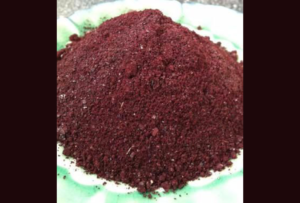
Cochineal dye in the US has been used for… …commercial food dye in baked goods, decorations, toppings, cookies, desserts, pie fillings, and jams. It is used in processing and color meats, sausages, processed poultry, and fruit like cherries.

Cochineal “Red Dye No 4” is also used for… … coloring alcoholic beverages. It is used for pill coatings and in the chemistry of histology as a pre-stain to research tissue and carbohydrates. It has been used as a paint historically and by modern day artists, but the color is not steadfast in that application.
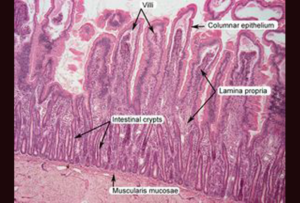
Cochineal’s most common use is in.. .. cosmetics, notably rouge and lipstick.
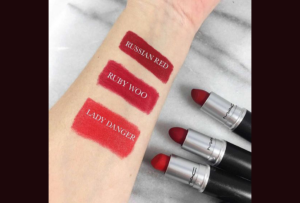
Recent allergic outbreaks due to Cochineal.. …dyes used in food and cosmetics, plus vegan and vegetarian trends, have the US FDA requiring cochineal be listed on all ingredients. Recent controversy when Starbucks Corporation was exposed for using Red Dye No 4 in its coffee and food products has that company as well as others switching to other dye sources.
Considering the other alternatives for food and cosmetic dyes at present are Red Dyes No 2 and 40 which are made from coal and petroleum products, cochineal dye is considered the least dangerous. The modern world, however, is searching for better sources or to eliminate dyes from foods altogether.
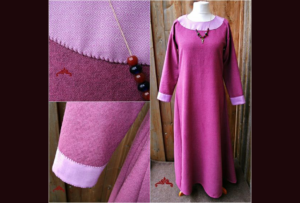
Considering the “naturalness” of cochineal dye… .. and its potential dangers in food and cosmetics – along with the potential dangers of modern synthetic dyes, one might consider reverting to the use of cochineal for fabric dye, and the use of plants for ingestion instead of the other way around.
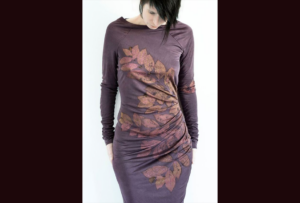
 A Rainbow
A Rainbow
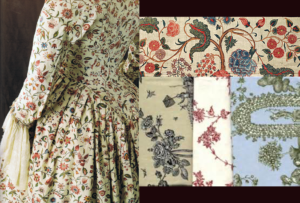
Today the natural dyes are reserved for crafters, quilters, and historic costumers like us. Most of the world of fabric, foods, and materials have moved entirely to synthetic dyes. We have only touched on a few ending at the 20th century; there have been of course, hugely significant developments in synthetic dyes in the next 120 years.
The challenge with historical costuming is to sort out the original dye COLORS, since we do not have the luxury of weaving, spinning, growing, harvesting, and dying our own fabrics. There are a few factories producing reproduction silks and cottons in the US, although most are abroad in countries like Thailand and the UK.
Quite a few modern textile designers have developed reproduction prints and wovens which simulate the dye colors of historical periods, and the dye processes. The further discussion of dyes has to continue with the specific projects then, because once again, what women wore, and their fabrics and colors; weaves and processes were all dependent on what they knew about, could get, wanted, and could afford.
A very quick summary from the Quilter’s viewpoint as to the prevalence of certain natural colors though follows. It would be logical to assume that for synthetics, their popularity began at their creation and the introduction of them into society; e.g. the aniline magenta in 1858, synthetic indigo 1874, and so forth (see list above).
QUILTER’s VICTORIAN HISTORICAL COLOR GUIDE
Late 1820’s forward: Indigo blue – DARK leading up to 1830; then lightens up. Almost black or violet plain color on flax based linen. Later it became the background for prints
1830 forward:
Butterscotch as background with small prints having motifs close together;
Madder Red made with water, so not very colorfast, with the similar Turkey red made with madder but an oil based which could bleed on adjacent fabrics
Madder Orange;
Madder Browns along with Walnut and Butternut browns, though these were more predominant in the 1880’s;
Prussian and Layfayette Blues introduced into the US in the 1830’s, an immediate favorite;
Manganeze Bronze, a deep rich brown w/floral patterns. Hat some issues with “fugitives” meaning one color would fade and the remaining color would stay. The manganeze mordant dyes were not colorfast over time
Cochineal Reds – the favorites for all – very big starting in the 1820’s and worn as stripes, ginghams. This is because the cochineal insects were obtained after the conclusion of the Mexican-American War, so they represented victory for the emerging United States.
1860-1890:Chrome Green
1860-80: Double pink or “cinnamon”
1860-1880: Bright Orange Chrome, Orange
1879-80’s: Chocolate or Hershey brown
1880-1910: Claret or wine with white tiny prints
1880’s: Cadet Blue
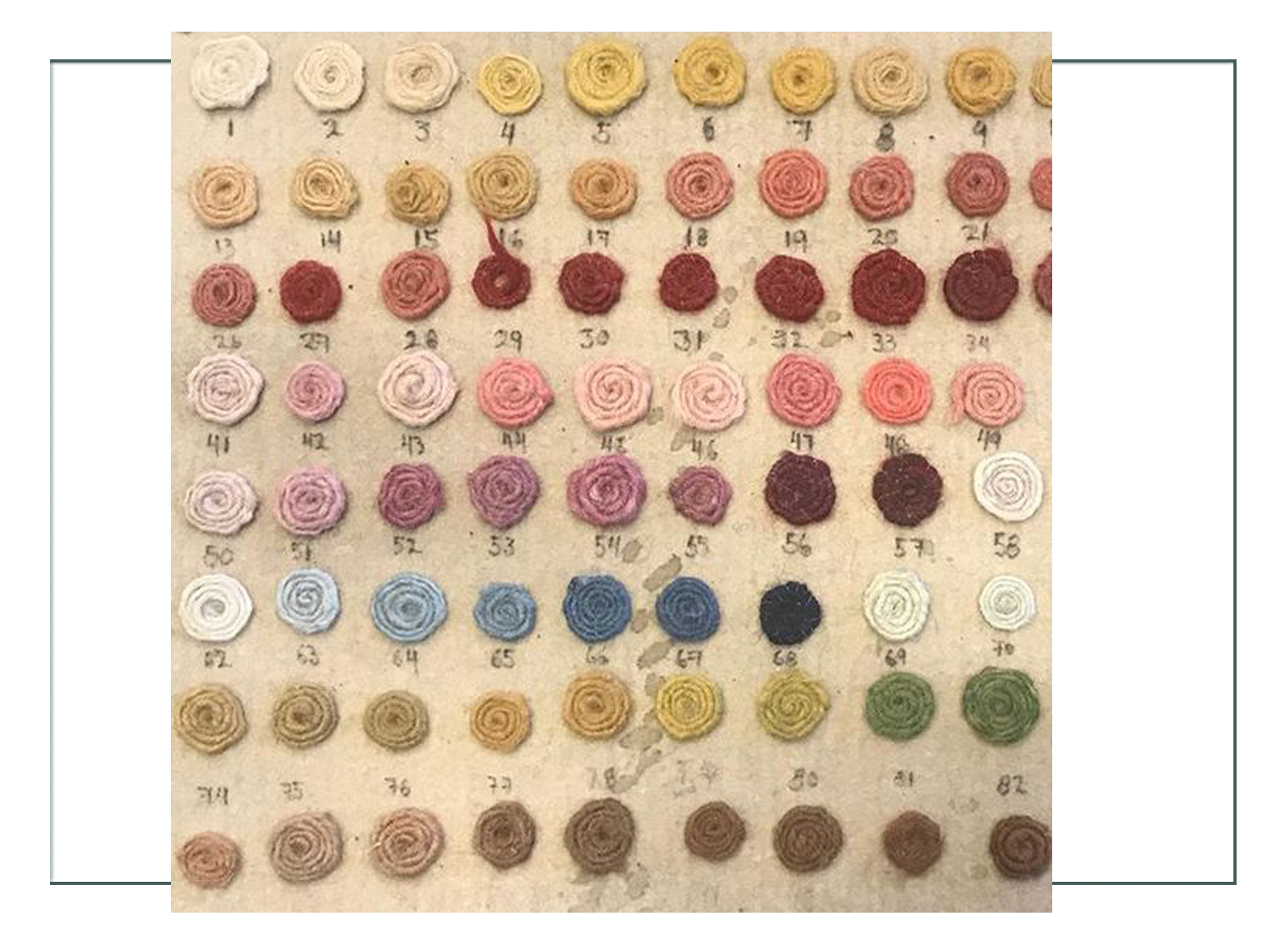
Click here to return to the 1836 Design Development Page

Early Cottons in America
America led the world in production of cotton by the early 1820’s. Previously, it had to be imported, predominantly through England who either milled it or obtained it from their worldwide holdings such as India.
Growing and harvesting cotton was only one part of the story. The U.S. needed to be able to process the cotton into textiles and other manufactured goods. One of the key issues in the War Between the States that would follow in the 1860’s in addition to slavery that worked the cotton plantations, was that the South did not have the mills and industries to process their raw goods.
The early mills were in the northeastern states, and predominantly in Massachusetts. The following are excerpts from documentation provided by the pastpatterns.com company by Saundra Ros Altman, paraphrased from direct content. Her work is footnoted.
1840’s Textiles in America
One of the things we note in studying dyes, patterns, and weaves, is the reference by name to specific types of cotton or fabrics that are not necessarily the same as we use today. In 1838, the “Workman’s Guide”, a domestic encyclopedia used by European and American women noted in Chapter II on “A Few Observations on Purchasing Goods” that:
“It is very bad economy to purchase, for articles of clothing, cheap bargains…linens, calicoes, woollens, prints.. should be carefully chosen from the best, as they are in constant wash and wear, and would soon become worn and threadbare if not good and strong.”
This attitude prevailed until later in the 19th century when mass production and home sewing made clothing more expendable, for in the 1830’s and 1840’s, clothing was worked and reworked and handed down multiple times. It had to be made of good cloth, as clothing was a major investment.
The term “Calico” did not mean a type of print or color scheme at that time. It referred to a poor weave of the new cottons, and the “Guide” recommended people should:
“Chose that and observe that it is free from dress, which is a preparation of lime employed by the manufacturers to make it of a better colour, as, if (as is often the case) the dressing is too high in proportion to the strength of the threads, it becomes rotten, tears, and wears badly, and after washing, is poor and thin, like canvass; choose your calico, therefore, undressed, for then you can more exactly judge of its quality and strength.. as for gingahs.. they wash very badly… therefore the bodies (linings) of working gowns should be lined with strong linen, which is preferable to calico, as it does not shrink in the washing; they should be of dark and good washing colours, deep blue and lilac are the best for wear”.
1840’s American Roller Printing
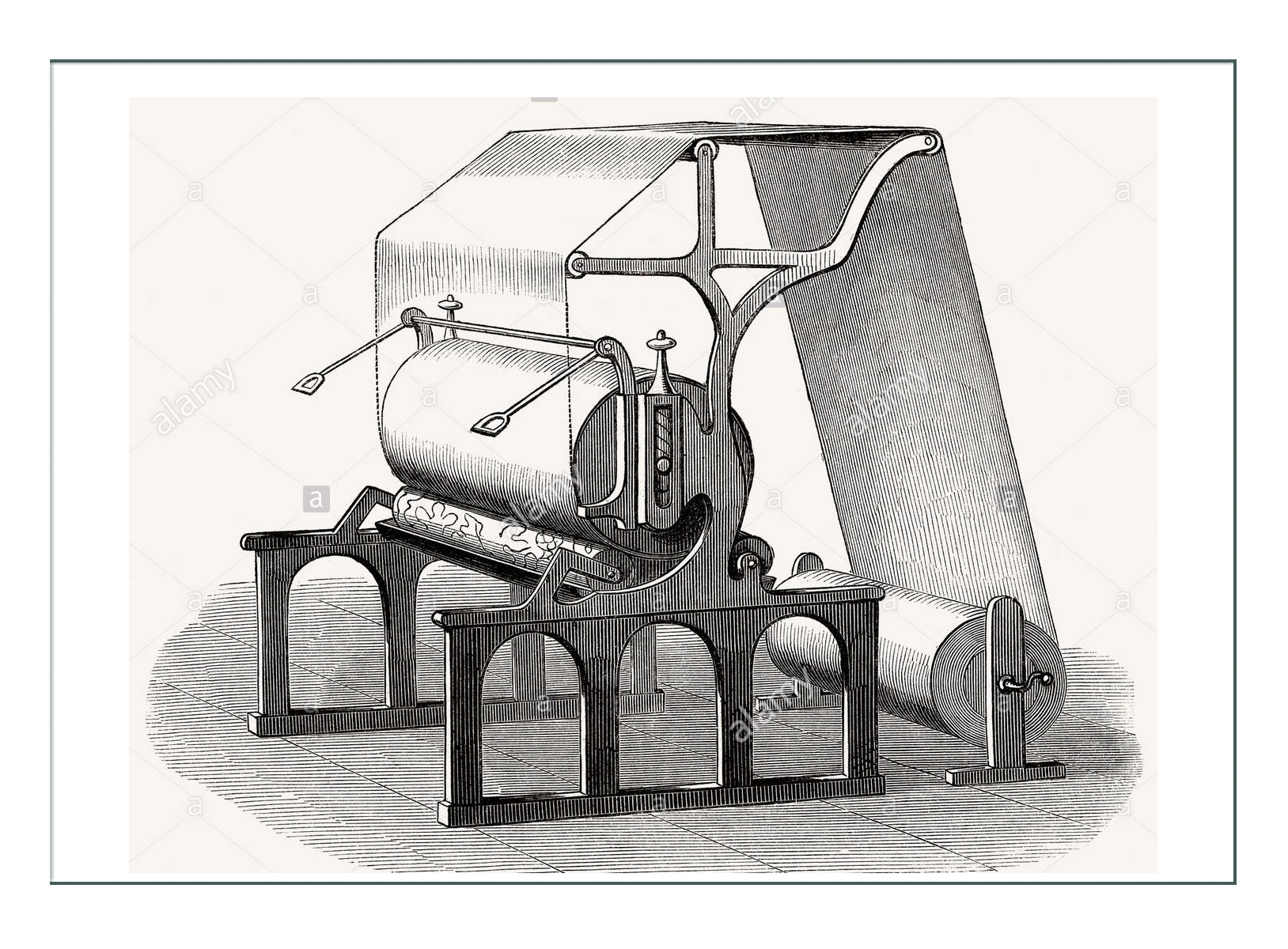
(from same resource cited above)
“Roller printing, invented in the 1780’s by Thomas Bell of Scotland, was eagerly embraced by American textile manufacturers, including the Marrimack Company in Lowell. Labor-intensive wood block and copper plate printing gave way to this “revolutionary technique” in the first quarter of the nineteenth century.
The process of roller printing was begun by either etching or engraving a design upon a copper cylinder which was then coated with ink by revolving “against a padded roller which turned in a trough containing dye or some other substance necessary to the coloring process.” The cylinder was sometimes coated with a mordant rather than ink, and so the design would appear after the cloth was dipped ina dye bath — the dye taking where the mordant had been applied, thus creating a pattern.
A sharp “doctor” blade scraped excess ink off the cylinder and the fabric was then printed by passing under the cylinder. One engraved cylinder was needed for each color. Unlike step-by-step block or plate printing, roller printing was a “continuous process” which accelerated the production of printed textiles. It took an experienced printer fifteen hours to block print as much fabric as could be printed in 90 seconds by a roller printing machine.”
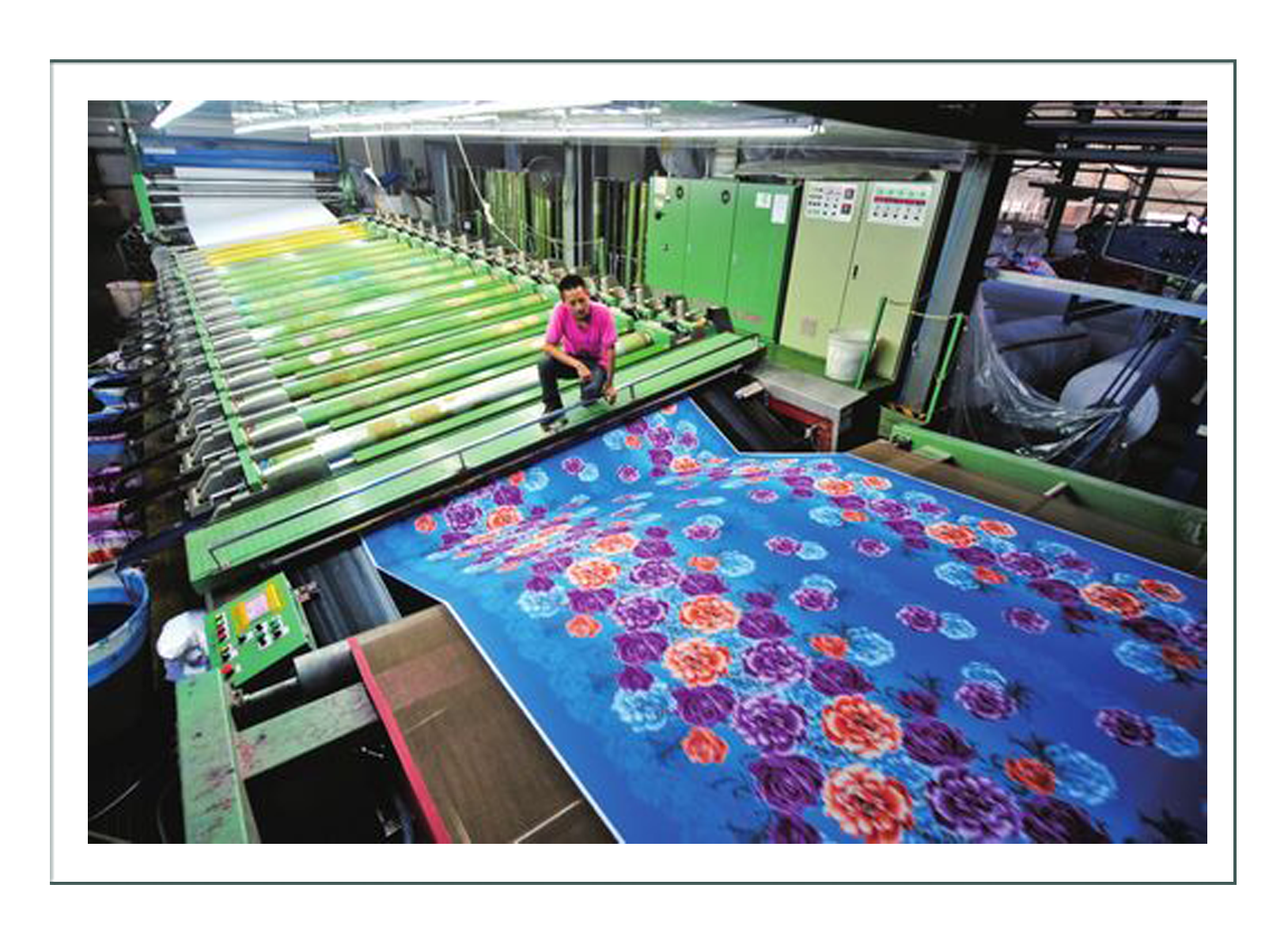
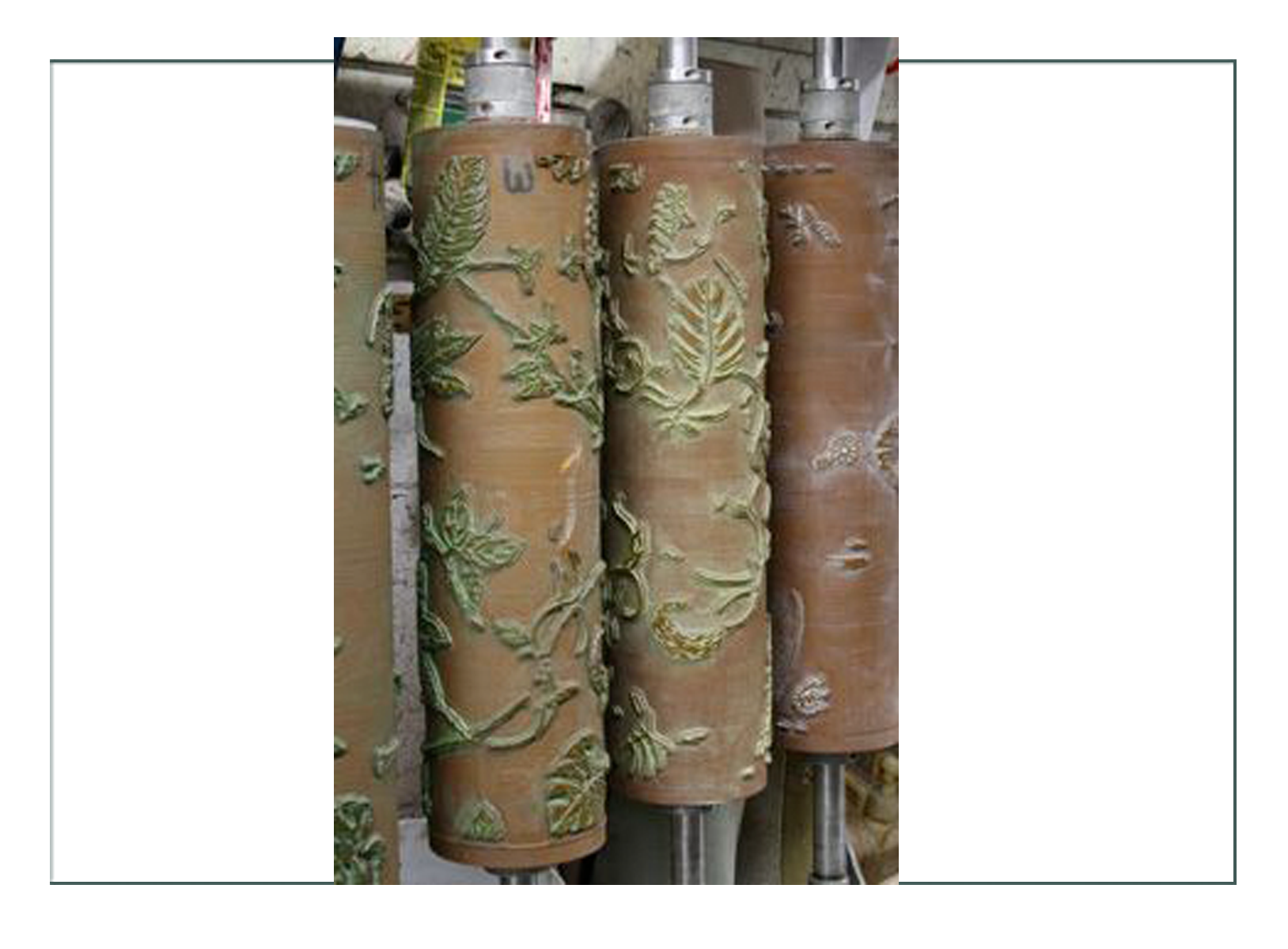
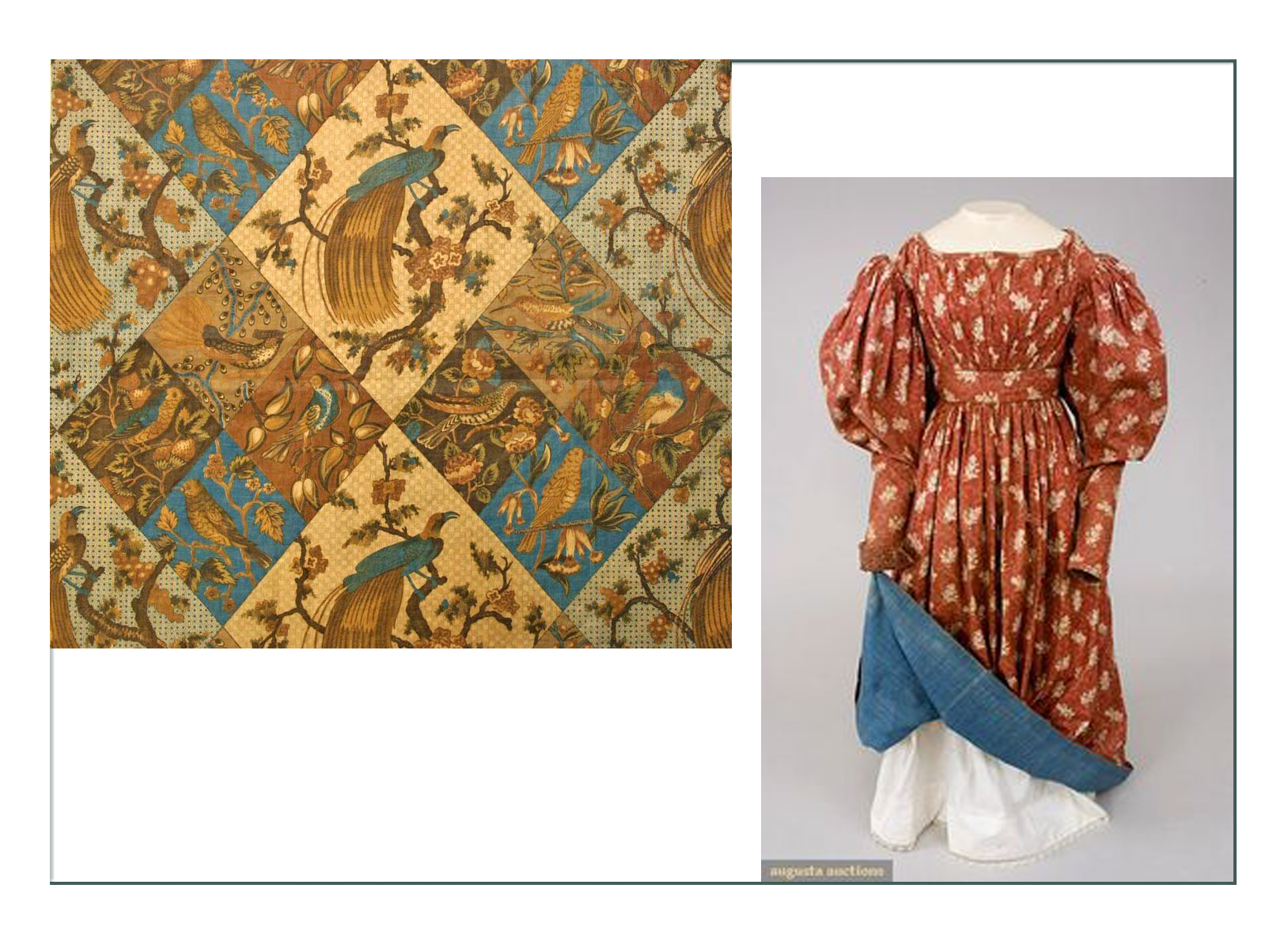
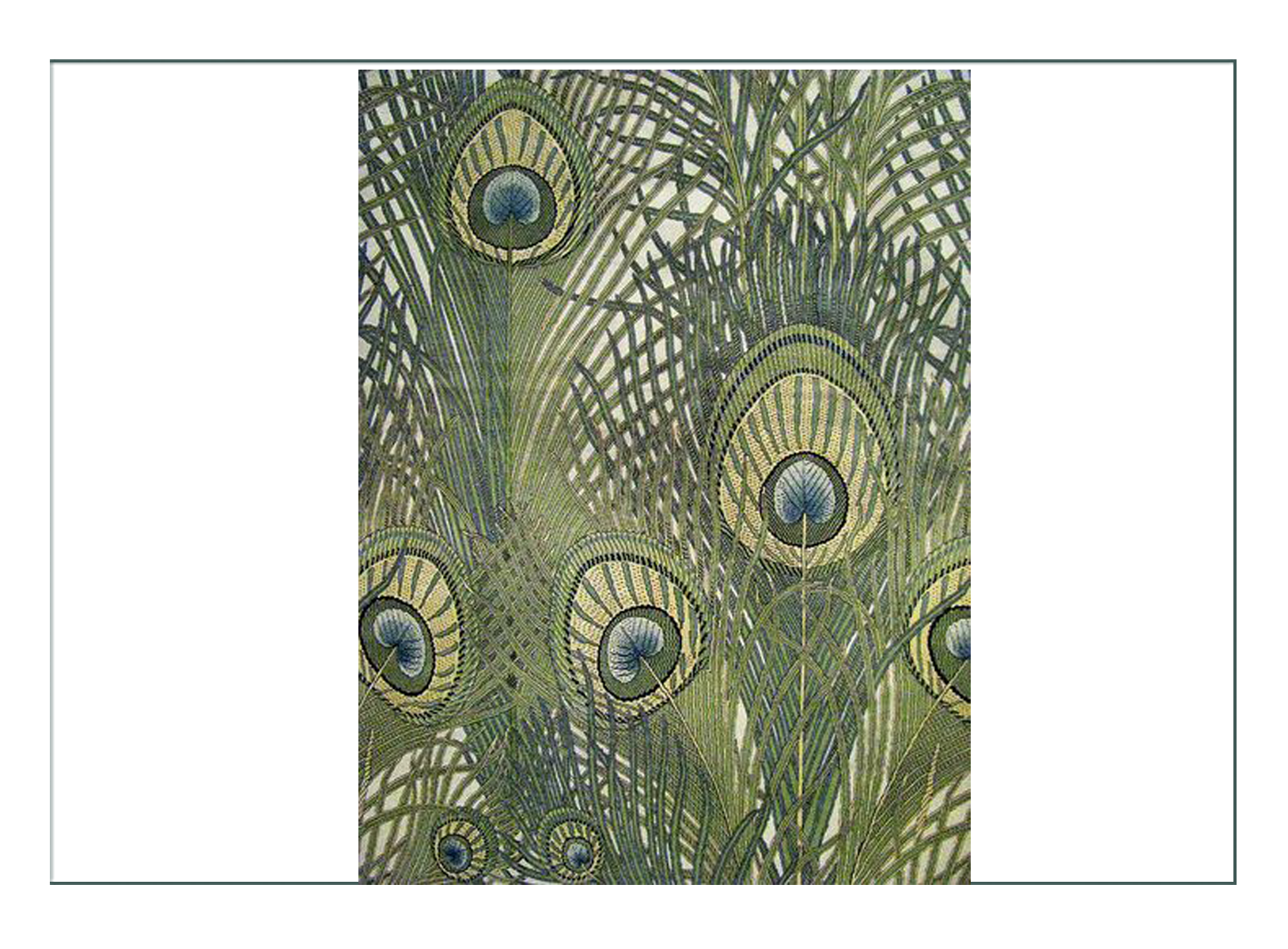
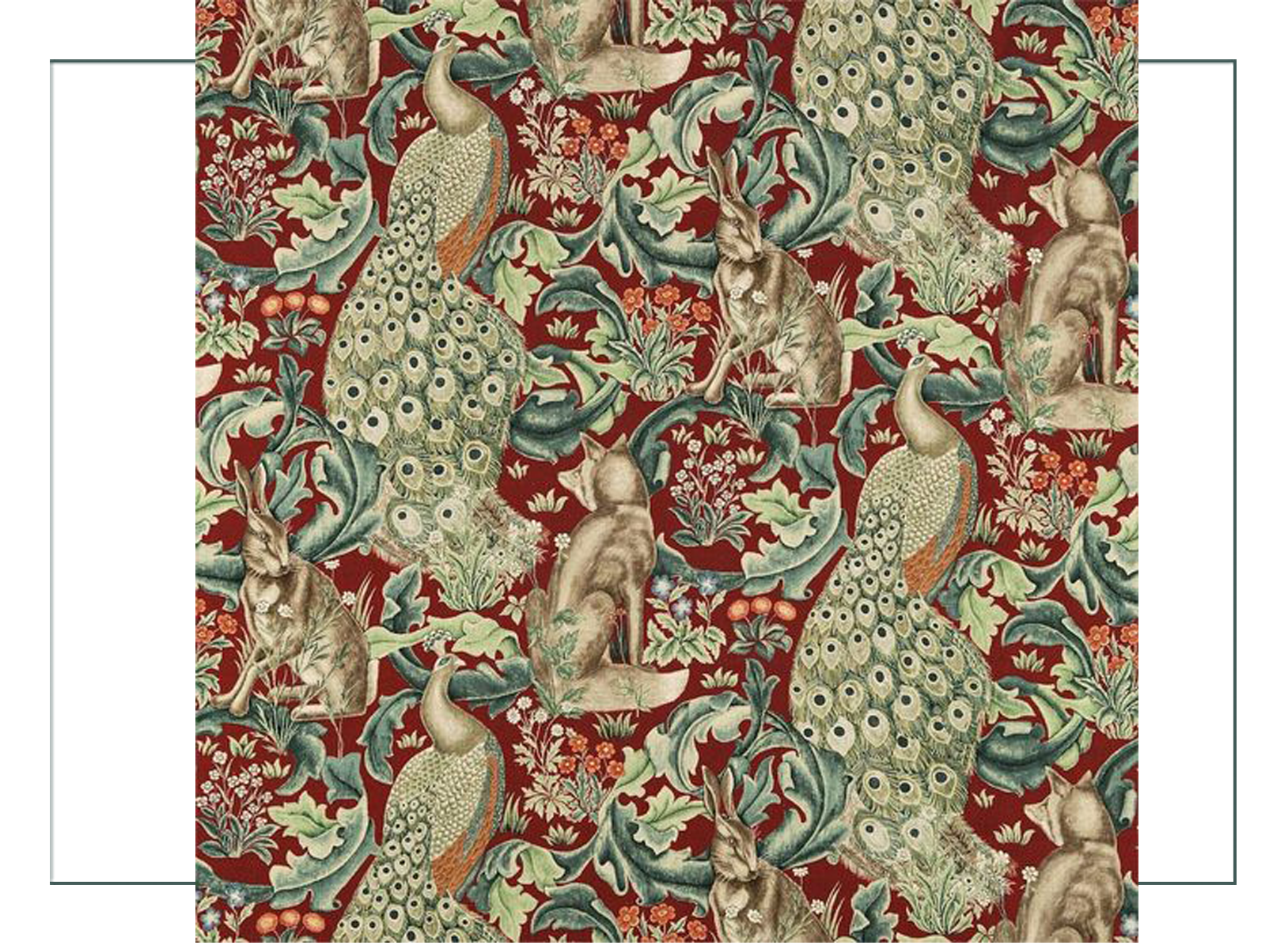
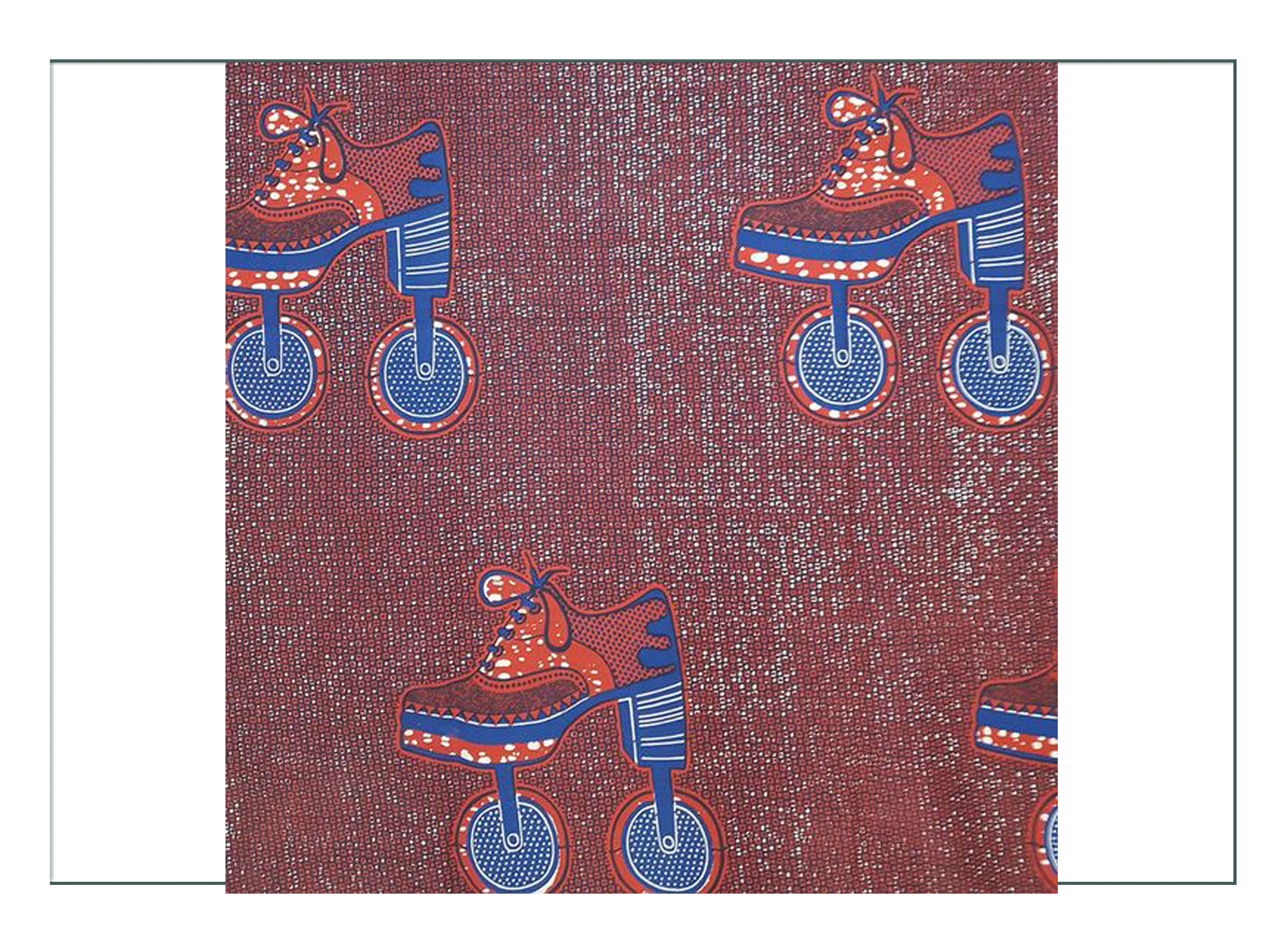
Further reading about the history of textiles and dye processes in America:
Development of the Textile industry in America
History of Silk Production & America
Indigo, origins and applications on Fabrics-store.com website
